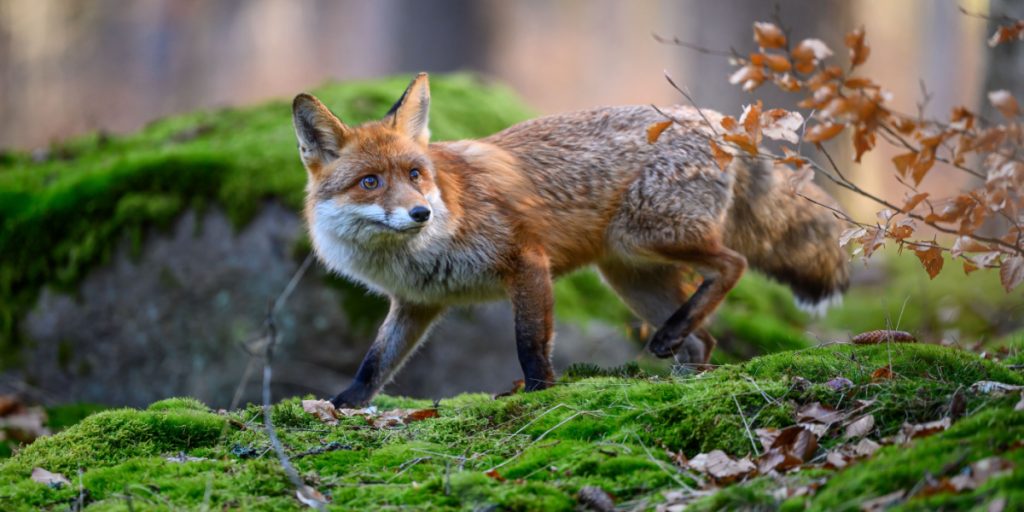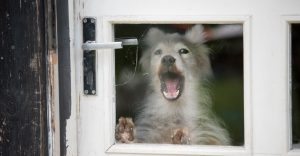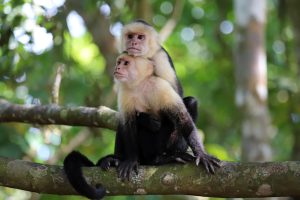Learn essential tips for navigating encounters with various wildlife, from cows to lynxes.
Others are reading now
Experiencing wildlife can be one of the joys of hiking through forests and meadows, yet unexpected encounters can be startling.
Here’s how to respond if you cross paths with wildlife, ensuring safety for both you and the animals.
Cows: Venturing through a herd of cows might not be wise. Fast and wide bypasses are recommended. In her book “Cow Staring Forbidden!” Rachel Levin suggests maintaining a two-meter distance and avoiding direct eye contact, as cows can feel threatened.
Wolves: Typically, wolves maintain a distance from humans, but curiosity can prevail during mating season. Running could trigger their instinct to chase. Showing dominance by standing tall, making noise, and appearing larger can help deter them, according to expert advice.
Also read
Sheep: Unexpected sheep encounters should be met with calmness; cyclists, in particular, should dismount and give them space. Startling the sheep with loud noises or attempting to pet them can cause distress and potentially dangerous reactions.
Foxes: Though generally not a threat, sick foxes can pose health risks. Symptoms like poor fur condition can indicate mange mites, which are contagious. It’s crucial to keep pets leashed and maintain distance.
Lynxes: The sight of a lynx is rare and they’re known for their shyness. Enjoy the moment from a distance, as they’re likely to retreat.
Raccoons: These creatures only show aggression when trapped. Ensuring they have a clear escape route can prevent confrontational behavior.
Stags: During their rutting season, stags can become aggressive. Maintaining distance and retreating are vital for safety during these periods.
Seagulls: Picnicking near seagulls might invite unwanted attention. While seagulls generally pose no harm, their boldness can increase with familiarity with human food. Bernd Koop warns against feeding them and advises caution near nesting sites where they may swoop to protect their young.
By learning these tips, hikers can enhance their outdoor adventures, ensuring safe and respectful interactions with nature. Remember, wildlife encounters, while sometimes intimidating, are a privilege that comes with the responsibility of maintaining the balance between human presence and the natural habitat of these creatures.







